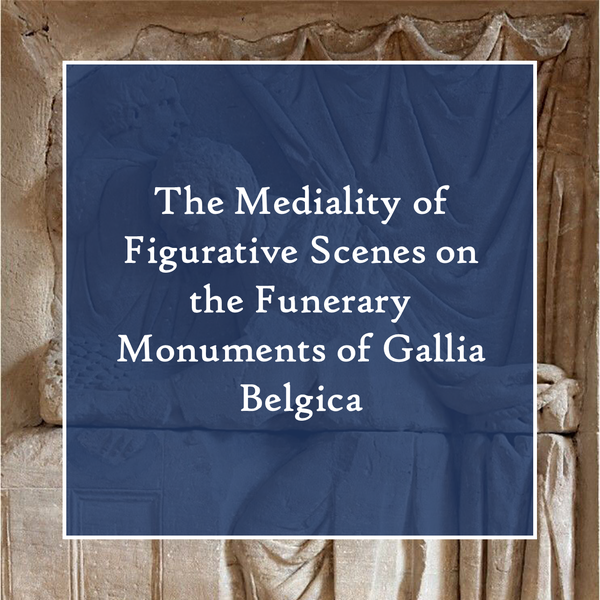The Mediality of Figurative Scenes on the Funerary Monuments of Gallia Belgica
 |
The project is dedicated to exploring how figurative representations on Roman funerary monuments facilitate communication between patrons and viewers, and the media strategies employed for this purpose. The study will examine the narrative systems and gaze-guiding techniques used. The research focuses on funerary monuments from the 2nd and 3rd centuries AD in the province of Gallia Belgica. These monuments, rich in figurative content and diverse representational themes, are ideal subjects for investigation. Alongside their detailed imagery, these monuments often convey a sense of motion, depicting themes such as trade networks and spatial connections. One key aspect of the study is the use of framing elements to structure narratives. Scenes are often externally framed by architectural ornamentation or decorated pilasters, while internally, they may be framed by furniture, architectural features, or landscape elements. These frames serve various, sometimes contradictory, functions, both defining and expanding the viewer's perspective. This project is linked to a DFG project initiated in 2016 at the Institute for Archaeological Sciences at J.W. Goethe University Frankfurt (Roman funerary monuments from Augusta Treverorum in supraregional comparison). The findings from this case study will be presented as a distinct section in the final project publication. Following this, the project aims to conduct a broader investigation into media strategies employed in funerary art across different regions of the Roman Empire. Contact: Dr. Michaela Stark |
